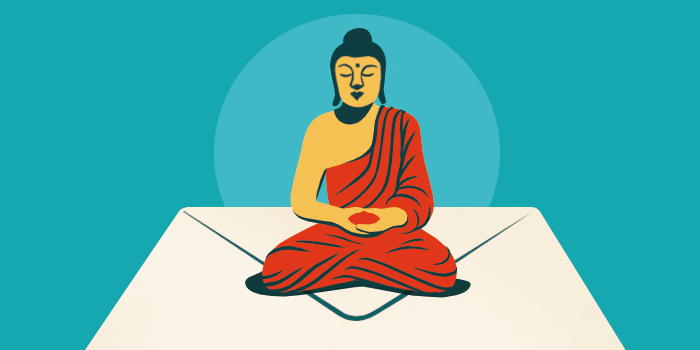What is the Buddha’s role in Theravada?

This Buddha statue at Gal Vihara Rock Temple in Sri Lanka was carved in the 12th century. | robertharding / Alamy Stock Photo
The Buddha and his teachings comprise the taproot of all Buddhist schools, but Theravada places perhaps the most emphasis on the Buddha as a historical figure. Theravada claims to be the oldest and least adulterated living lineage. While scholars dispute this point, it remains central to the Theravada school’s aim of engaging in practices and maintaining a way of life that are most faithful to those of the Buddha and his earliest disciples.
The centrality of the Buddha in Theravada has everything to do with the fact that its core scripture is the Pali canon, which comprises some of the earliest recorded teachings of the Buddha and which Theravada practitioners believe represents what the Buddha actually taught. The Pali canon presents the Buddha as a human being, albeit one who has achieved something extraordinary. Many Theravadins also study the commentaries composed by scholar-monks several hundred years after the Buddha’s death, as well as teachings by masters and saints in their respective lineages. But the sermons of the Buddha recorded in the suttas (the Pali scriptures) and the Vinaya (monastic code of conduct) are the most central of all. The suttas are widely studied, chanted, taught, and expounded upon in Theravada countries.
By contrast, many Mahayana schools of Buddhism revere other emanations of the Buddha and consider the teachings of their schools’ saints to be revelations that are as authentic as the earlier scriptures.
While arahants (enlightened men and women) and other great teachers are held up as role models in Theravada schools, the Buddha and his teachings are preeminent—the source of all conveyed wisdom and the one true guide to the path of practice and enlightenment.

Tricycle is more than a magazine
Gain access to the best in sprititual film, our growing collection of e-books, and monthly talks, plus our 25-year archive
Subscribe now